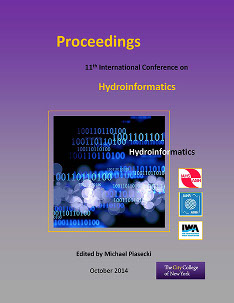Document Type
Presentation
Publication Date
8-1-2014
Abstract
The Global Earth Observation System of Systems (GEOSS) is being built through the coordination of efforts within the international Group on Earth Observations (GEO), a voluntary partnership established in February 2005, comprised of 89 Member States, the European Commission and 77 Participating Organizations. GEOSS is a global, distributed system accessible through the GEOSS Portal, including satellite observation systems and in situ networks and systems, which will deliver the benefits of Earth observations to both data & information providers and consumers world wide. The 10-Year Implementation Plan defines a vision statement for GEOSS, its purpose and scope, expected benefits for nine “Societal Benefit Areas” (SBAs) (disasters, health, energy, climate, water, weather, ecosystems, agriculture and biodiversity), technical and capacity building priorities, and the GEO governance structure. [1] The GEOSS Architecture Implementation Pilot (AIP) develops and deploys new process and infrastructure components for the GEOSS Common Infrastructure (GCI) as well as for the broader GEOSS architecture. The requirements for AIPs are based on user needs and community scenario requirements. The AIP process aims to increase the use of GEOSS resources by end-users in applying both in situ and remotely sensed data, and by extending results from previous GEO developments through integration with the GEOSS Common Infrastructure (GCI).


Comments
Session S9-01, Special Session: Information Exchange – Standard Data Protocols within the Global Earth System of Systems